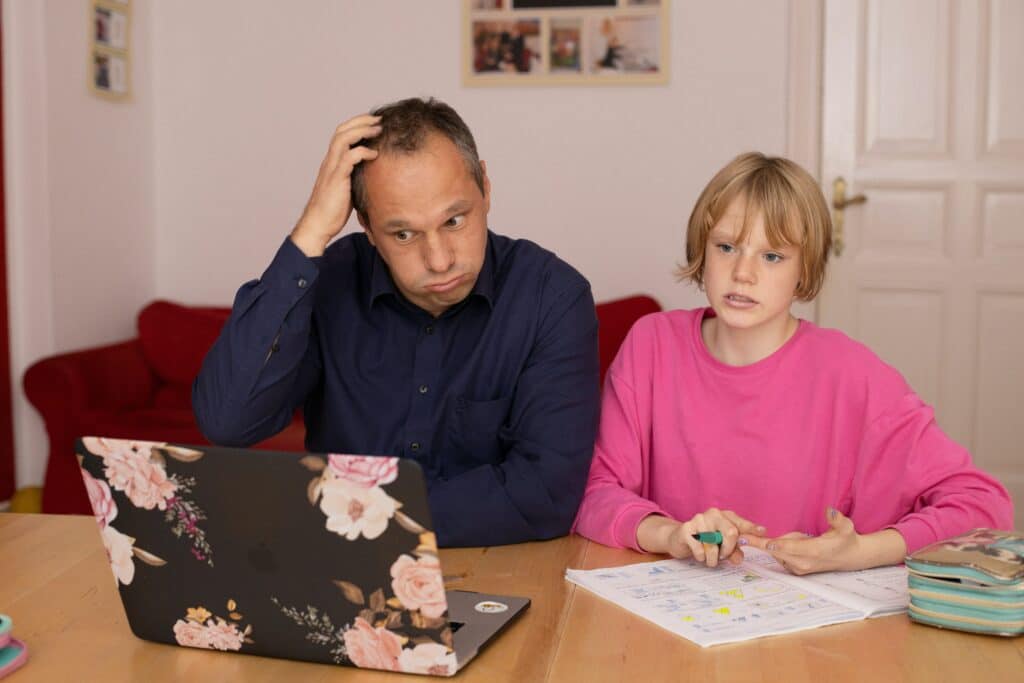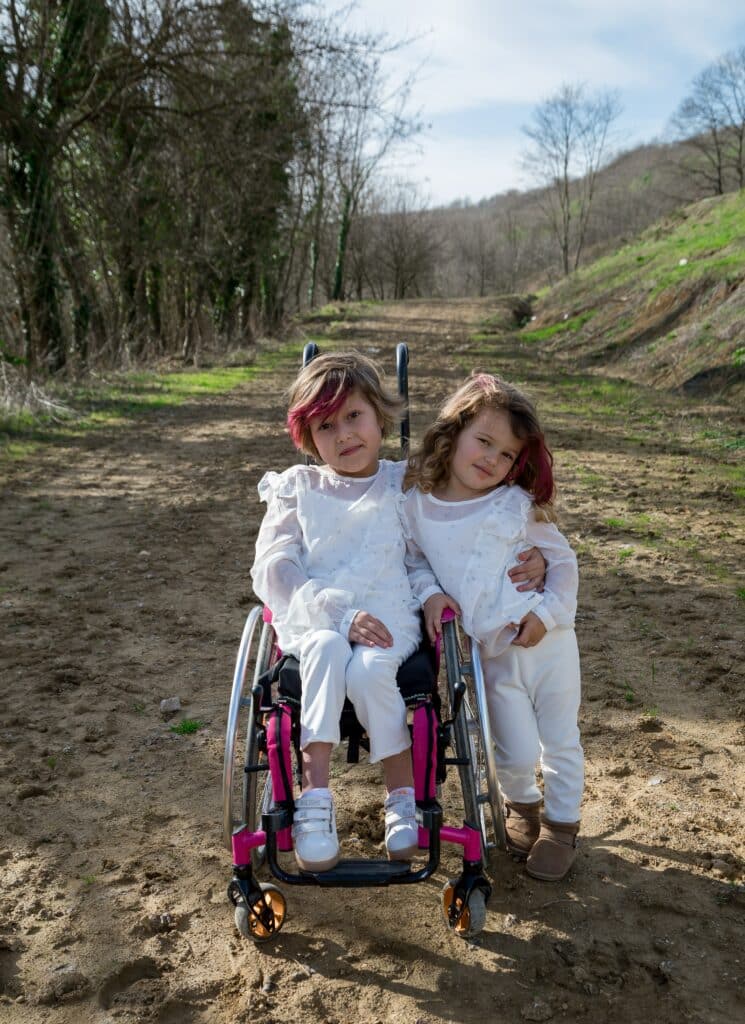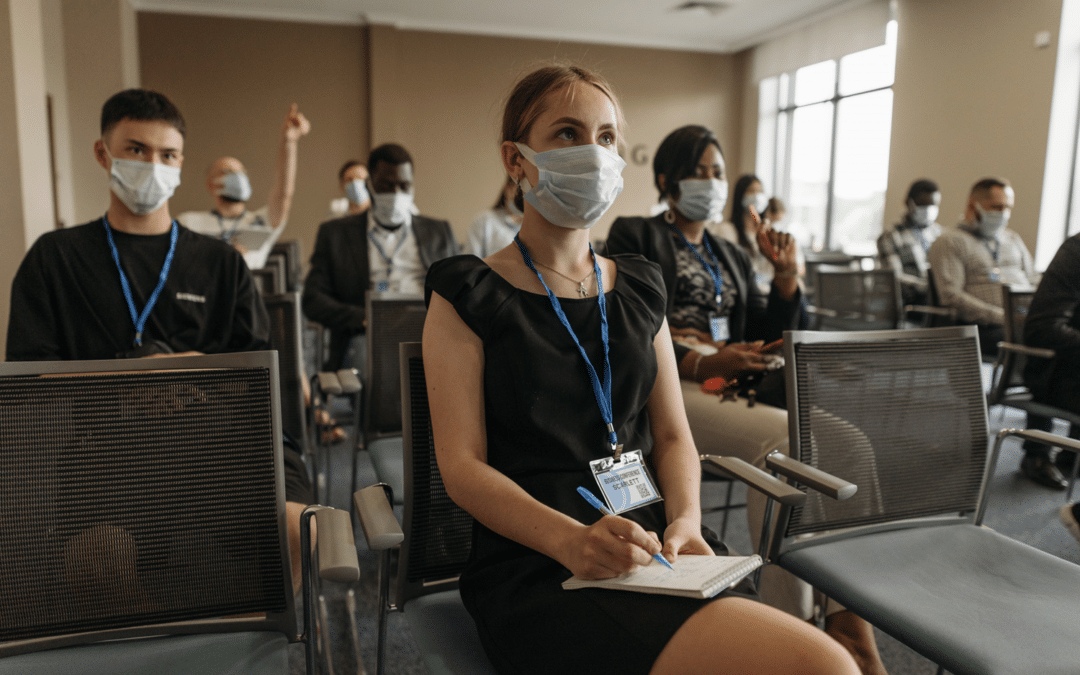One of the more tricky aspects of Lyme disease in kids is that it is an illness of opportunity. Once infected with the Borrelia burgdorferi (Bb) bacteria, your child may display a range of nonspecific symptoms that mimic other conditions. To make matters worse, symptoms can also change over time, making diagnosis even harder.
Many of us have read the stories on social media about a child suddenly develops a seizure disorder. Or the story about a child who was rushed to the hospital unable to walk, or worse breathe – without an explanation as to why this has happened.
We have seen the photos of the child with the swollen knee, the bell’s palsy in their face, the dark circles under their eyes, or the dreaded red ringed erythema migrans (EM) rash.
While the stories above of palsy, seizures, or breathing troubles are all horrific, it is the quieter/milder symptoms that are more difficult to suss out.
Lyme Disease Symptoms In Kids
Has your child experienced any of these lately? These are the signs of lyme disease in kids:
- Growing pains in their knees and legs
- Short term memory issues/difficulty attending to activities or following directions
- Low grade fevers, a change in their complexion or dark circles under their eyes
- Abnormal exhaustion
- Headaches, light sensitivity, or stiff neck
- Abdominal pain, food sensitivities, or loss of appetite
- Developmental delay including language and low muscle tone
Has your child had some kind of trauma recently:
- Accident/fall
- A move to a new school/town
- Emotional – divorce, bullying, loss of a loved one
- Began puberty

Trauma’s Role in Lyme Disease
Trauma can activate the Borrelia bacteria, the bacteria that causes Lyme disease in kids. Borrelia can lie dormant for a LONG time after your child was infected. The trauma, and the symptoms above, is often the first sign your child has Lyme.
If your child’s immune system is functioning correctly, the bacteria will simply lie in wait until your child’s immune system is stressed – trauma.
A common statement I hear is, “My child was fine until… the surgery, the injury, changing schools, the accident, the move, the divorce” or in my daughter’s case, puberty.
Lyme Disease in Children – A Personal Experience
When my daughter was 7 years old, she was bit in a Redwood grove in Northern California. I had been bitten 6 years prior and had been told by a medical doctor that Lyme disease didn’t exist in California. We removed the tick and didn’t think twice about it. It was 5 years later, with the onset of puberty, that all hell broke loose.
Over the years I have supported hundreds of clients, including children, and their families who have been affected by Lyme disease.
I have the unique experience of having Lyme disease myself, being married to someone with Lyme, and parenting a child with Lyme. With that eI have also supported hundreds of people seeking treatment. I am uniquely qualified in identifying lyme disease symptoms in children and a few of my first questions of anyone, and especially in the case of children, are:
- Have they ever been bit by a tick?
- Have they recently experienced any trauma?
In answer to my first question I often hear, “Yes, but it was tiny” or “Yes, but it wasn’t engorged” or “Yes, but it wasn’t attached for that long and that was years ago”. There are many thoughts and opinions regarding how long a tick has to be attached in order to transmit the disease. According to WebMD it can be as short as 4 hours and according to a study published by Eisen and colleagues a tick that is partially fed may be able to transmit diseases faster.
Why is this important information?
Lyme disease is a multi-stage, multi-system bacterial infection caused by the the bite of an infected tick. Ticks can attach to any part of the body and are often found in hard-to-see areas such as the groin, armpits, and scalp.
According to the Children’s Lyme Network, the incidence of Lyme disease is the highest among children ages 5 to 14 years old. Each week 1,450 children contract Lyme, and there is a 50% failure rate of the common laboratory results. It is imperative to find a Lyme literate physician to order the correct labs. If left untreated, the infection can spread to other parts of the body, potentially causing long-term medical issues and permanent damage.
Dr. Robert Bransfield on Lyme Disease in Kids
Dr. Robert Bransfield, a Clinical Associate Professor of Psychiatry at Rutgers, states that executive functioning is one of the first things to go when infected with Lyme disease. This is the most complex and sophisticated area of the brain and that it is the most vulnerable when things go wrong.
Executive functioning is the ability to create and sustain goal-directed behavior. In children with Lyme you can see slow processing speed. This is imperative to recognize, as It takes longer for these children to digest and express information. That’s significant when you need to absorb information quickly and recall information when taking tests in school.
According to Dr. Bransfield, children battling Lyme may have low tolerance to frustration, which can result in irritability. Then you might see hyper-vigilance, low-grade anxiety, and depression. Because there are cognitive problems with attention, concentration, and memory a child is not as on top of things as they used to be.
Brain Fog – A Symptom of Lyme disease
And what about brain fog? Brain fog is different when it comes to lyme disease in kids. With brain fog your child feels slow, like their brain is literally tired. A good way for a parent or caregiver to understand brain fog is to imagine what you would feel like if you took some Benadryl then tried to do math problems. You’d feel like your brain was stuck in molasses and it was hard to make the connections work.
Because of these symptoms, 41% of children with Lyme have suicidal thoughts with 11% making a suicide attempt. Children with Lyme are more likely to have a higher risk of depression, lower grades in school, have challenges with making and keeping friendships, and go through emotional outbursts/mood swings and experience debilitating pain.
We’ve also written a full article on the symptoms of lyme diease, if you want to read more technical details.

Diagnostics and Testing
In most cases, Lyme disease is diagnosed based on your child’s symptoms, a physical examination, a history of exposure to ticks (living in or traveling to tick endemic areas), and positive lab results.
If your child has symptoms of Lyme disease but no indication or memory of a tick bite, your child’s doctor may order blood tests. The Western Blot blood test is most effective after a tick bite and should be ordered through a specialty lab like Igenex, DNA Connexions, Infectolabs America, Armin Laboratories or Fry Laboratories .
A challenge of lab results and Lyme disease is that it can take weeks for the bacteria to show up in a blood test. Children tested within a few days of a tick bite will most likely test “negative” for antibodies, while the bacteria may be growing in them, it could be at undetectable levels at this time. One of the ways to ensure if infection is possible, is to have the tick itself tested. There are several laboratories in the US that test ticks; Ticknology located in Colorado, TickCheck in Pennsylvania, or TickReport in Massachusetts to name a few.
Treatment Options For Lyme Disease In Kids
Treatment of Lyme disease is tricky and even more so when treating children. The most common treatment from pediatricians and infectious disease doctors is oral antibiotics. Doxycycline (for children over the age of 8), amoxicillin or cefuroxime, are the primary antibiotics used to treat Lyme disease in children. They are typically given as a two- to four-week course. There continues to be disagreement among doctors as to whether this course is long enough to prevent Chronic Lyme.

Dr. Charles Ray Jones on Children with Lyme Disease
According to the renowned pediatric Lyme physician, Dr. Charles Ray Jones, “Clinicians should not use a single 200 mg dose of doxycycline for Lyme disease. Clinicians should promptly offer antibiotics for known tick bites in which there is evidence of the tick feeding, regardless of the degree of tick engorgement or the infection rate in the local tick population. The preferred regimen is 100–200 mg of doxycycline, twice daily for 20 days. Other treatment options may be appropriate on an individualized basis.”
Dr. Jones continues to recommend that treating doctors should prescribe amoxicillin, cefuroxime, or doxycycline as first-line medications for treatment. He states that Azithromycin is also an acceptable medication, particulary in Europe. T trials demonstrated it either outperformed or was as effective as the other first-line medications.
Dr. Jones states that initial antibiotic therapy should be prescribed for a period of 4–6 weeks and that the choice of antibiotic and dose for an individual patient should take several factors into account. He also recommends that doctors should continue antibiotic therapy for patients who have not fully recovered by the completion of the course of antibiotics. This is the presence of long term illness. Dr. Jones states that there is a wide range of options and choices for treatment and that it must be individualized based on the strength of the patient’s initial response.
Dr. Burrascano on Lyme Disease in Kids
Another leading Lyme disease physician, Dr. Burrascano, discusses combination therapy, the use of more than one antibiotic. By using more than one medication it increases the chance of killing the three known forms of Borrelia. Dr. Burrascano does note there are gut issues when ingesting antibiotics long term and that measures should be taken to protect the microbiome.
Other Treatment Options
On the opposite side of the treatment spectrum are physicians like Stephen Buhner, Dr. Lee Cowden, and Dr. Freidrich Klinghardt. These doctors believe in and promote an alternative/herbal approach to treating Lyme disease. These practitioners feel that using herbal tinctures alone can support the body in ridding the Borrelia bacteria.
Finally, there is the integrative approach to treating Lyme disease. The marriage between the alternative medicine world and western medicine. This is the combination of antibiotics, herbs, diet and alternative therapies like oxone, hyperbaric oxygen, apheresis, IV’s such as glutathione and high vitamin C, and Whole Body Hyperthermia.

Extreme Whole Body Hyperthermia For Children
Extreme Whole Body Hyperthermia is the combination of heat, medications, and supplements. This procedure is done outside of the US and in some countries this is performed in an outpatient setting. I can tell you from first hand experience that it should only be done in an inpatient setting.
It is this procedure, whole body hyperthermia, that saved my daughter’s life.
We stayed in Germany for 2 weeks and my daughter underwent 2 Whole Body Hyperthermia sessions in addition to detoxing, immune boosting IV’s, and other treatments like ozone. The integrative approach of extremely high heat, antibiotics, and immune boosting treatments was the key to her new normal.
You can read more about hyperthermia and stories of patients on our article on hyperthermia treatment.
Hope – From One Lyme Parent to Another
When first embarking on the Lyme disease nightmare everything feels hopeless and bleak. The information is vast and contradictory. Noone seems to understand that your child is sick. They look fine, so they must BE fine. Their labs are fine, so they ARE fine. It feels as though no one understands that your child may look 100% normal one day and then be bed ridden the next. Their sensitivity to light and noise are back, the headaches are back, the insomnia, pain, swelling, anxiety, rage, impulsiveness are all back.
Sometimes it’s like a light switch, other times it’s a slow descent, and as a rational adult you take your kid to see anyone and everyone who will listen. You go from doctor to doctor seeking answers and help for your child. You see the pediatrician, the infectious disease doctor, the rheumatologist, the neurologist, the allergist and immunologist, the psychologist, the DO, the acupuncturist, herbalist, oriental medicine doctor, and even a therapist. You do every test that is asked of you and your kid, often not being covered by insurance.
As you jump through these hoops and see specialist after specialist it’s normal to begin to doubt your kid and yourself. Are you being a weak parent? Are you feeding into this? Is this all in their head like the doctors allude to? Do they just need therapy? What have I done wrong? Am I a bad parent?

Moving Forward as a Lyme Family
At the end of the day, Lyme disease doesn’t make any sense. It doesn’t follow any rules or reasoning, and it affects each child differently. This makes it incredibly challenging to diagnose, and each expert may point to something else.
Make no mistake, Lyme affects the entire family. When one child has it, the entire family is affected by it, and can become all-consuming for everyone.
Our daughter just celebrated her 5 year new-normal anniversary. She’s in college now and I know, without a shadow of doubt, that nothing she has experienced in the last 5 years would have been possible without undergoing Whole Body Hyperthermia. We would not have found hyperthermia without the help and support of others in the Lyme community.
From this parent to all of you, your child IS sick. They ARE struggling. You are not alone. I encourage you to reach out to other families. Reach out to me.
We are all here to help each other navigate the plethora of treatment options, share knowledge on supplements, recommend doctors, saunas, ozone machines, antibiotics, therapists, lifestyle changes, or even just to sit with you as you navigate the desperation you feel in your path to find health and wellness. You may even try things that you once thought were crazy, like whole body hyperthermia.
References
Eisen L. Pathogen transmission in relation to duration of attachment by Ixodes scapularis ticks. Ticks Tick Borne Dis. 2018.



